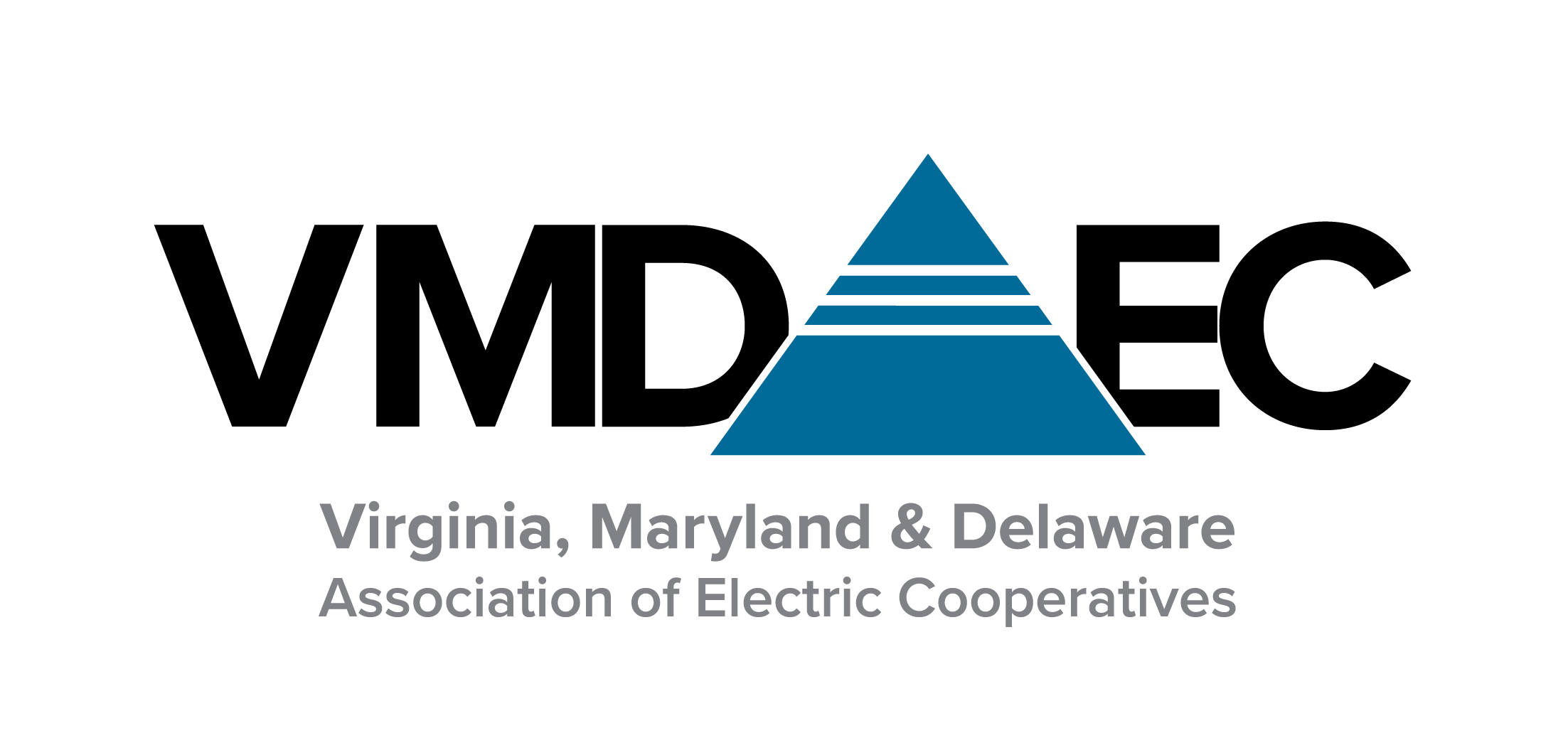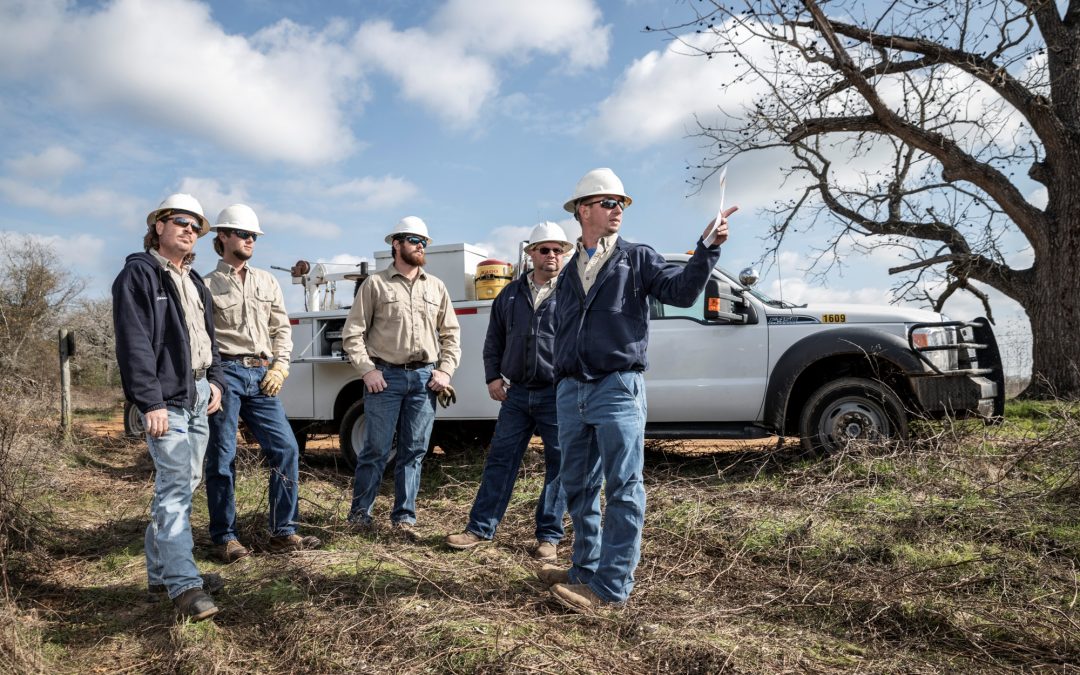The energy industry employs 7 million workers who help power our homes, offices, schools, hospitals, cars and more. With consumers and policymakers increasingly focused on improving and diversifying energy production and distribution, job opportunities are expanding in providing clean energy, helping the environment and conserving natural resources.
This includes about 320 unique occupations in clean energy production, energy efficiency and environmental management. Several of the fastest-growing occupations are green jobs, such as solar photovoltaic installers and wind turbine service technicians.
In addition, more than 62,000 new electricians, who are essential to power plant and grid operations, will be needed in the next decade owing to retirements and demand for alternative energy sources.
Retirements will also fuel the demand for technicians, plant/field operators, lineworkers and engineers — these occupations make up almost half of the energy workforce.
Workers across the energy sector earn more than the national average. In fact, clean energy jobs are some of the highest-paying occupations for people with less than a bachelor’s degree, with a wider range of jobs that pay between $20 and $35 per hour than other sectors.
For example, wind turbine technician occupations offer a median yearly wage of $53,000; electrical engineering technicians earn about $65,200, on average.
While some energy occupations require a four-year degree, many others require less education: an associate degree, a post-secondary or apprenticeship certificate, a license or an industry-recognized certification. This is particularly true for jobs in clean energy production and energy efficiency.
These energy occupations require academic, employability and technical skills, including skills in construction, repair, manufacturing, engineering and extraction, as well as skills in IT, accounting and marketing.
However, 80% of green energy employers report they are having trouble filling job openings with qualified candidates. Careers in this growing sector include:
- engineering technicians
- environmental analysts
- plant operators
- welders and pipefitters
- IT specialists
- electricians
- compliance managers
- natural gas technicians
How does career and technical education prepare the energy workforce? CTE prepares high school, postsecondary and adult students for careers in energy through:
- the national Career Clusters Framework — including Career Clusters and pathways in architecture and construction, manufacturing and STEM (plus some states have a specific energy Career Cluster devoted to preparation for this sector) — which outlines course progressions that help students explore career options and prepare for college and career success;
- CTE courses in power and mechanics, industrial electricity, engineering technology, alternative energy, wind turbine construction and operation, environmental sustainability and more, all integrated with challenging academics;
- business-education partnerships, such as the Power Line Worker Training Program backed by electric cooperatives in Virginia, Maryland and Delaware that college credits and industry certifications;
- career and technical student organization enrichment experiences, such as Technology Student Association and SkillsUSA events; and
- opportunities to earn stackable postsecondary certificates, degrees and industry-recognized certifications, as outlined in resources such as the Center for Energy Workforce Development’s Get Into Energy Career Pathways Roadmaps at GetIntoEnergy.com.
—Courtesy Center for Energy Workforce Development
Above photo: A line crew huddles before starting a job. (Photo By: Scott Von Osdol)


